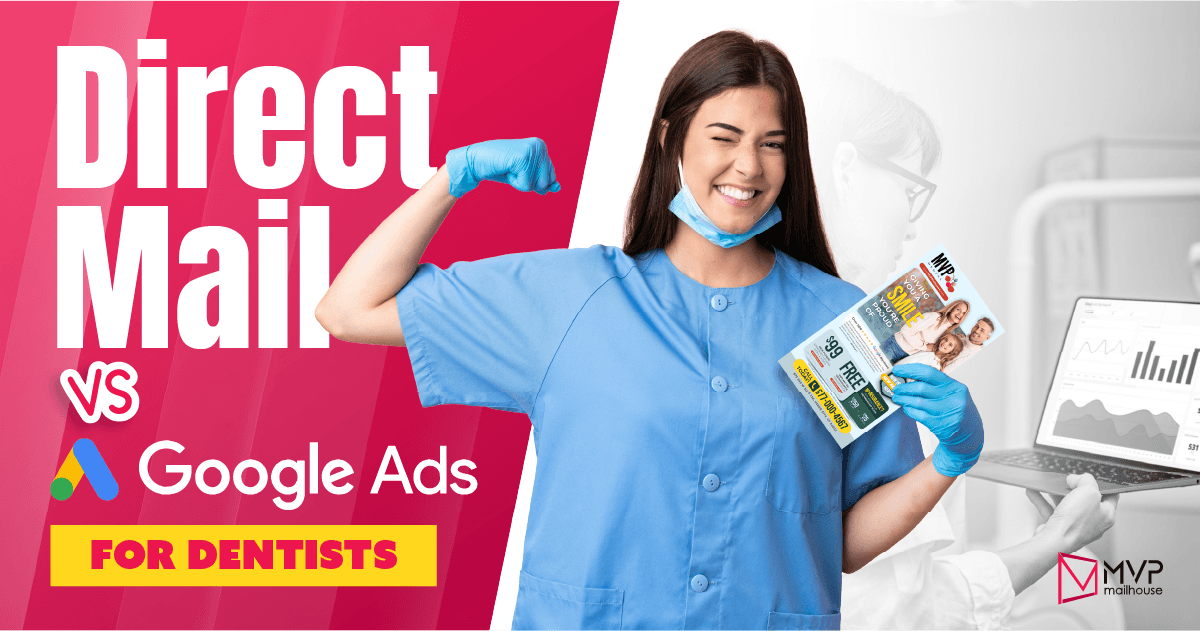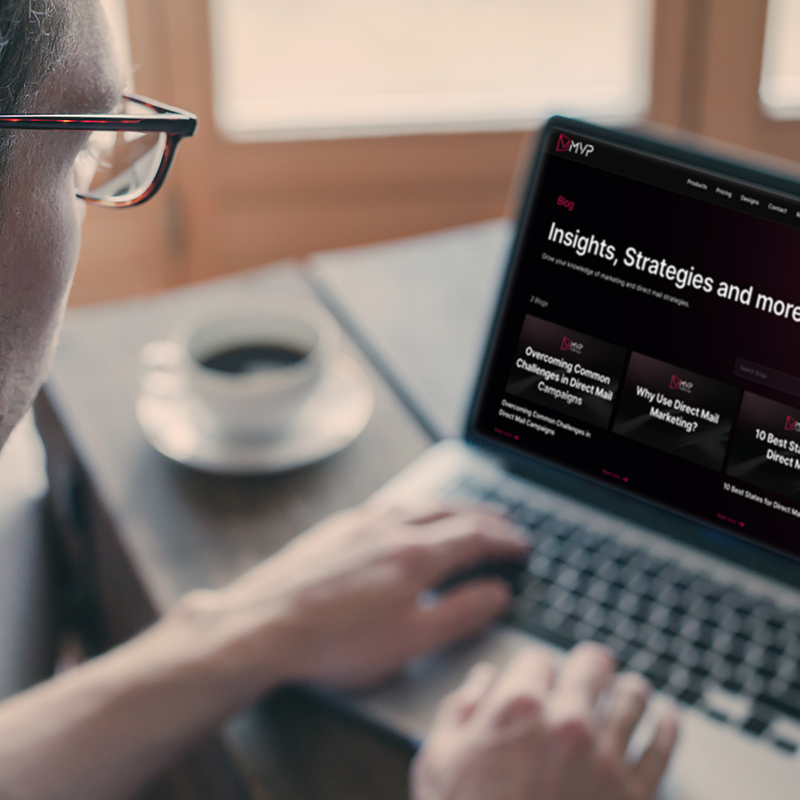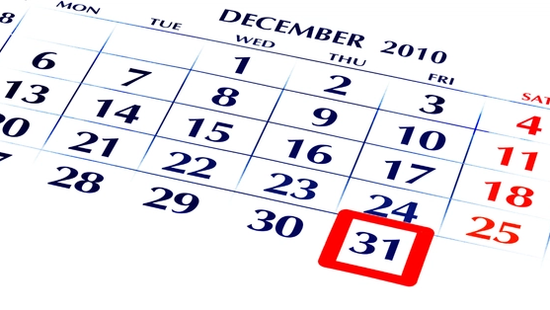Direct Mail vs Google Ads: Dental Marketing Guide
Direct Mail vs. Google Ads: Compare costs, ROI, and targeting for dental practices. Find out what works best—grow your patient base today with smart choices.

Marketing today? It’s a maze. Dental practices have lots of choices, but two keep popping up—direct mail and Google Ads.
They both promise growth. More patients. Bigger reach. But the way they work? Totally different.
Let’s start with direct mail. It’s physical. It lands in someone’s hand. Your postcard sits on their kitchen table. Maybe for a day. Maybe for a week. That’s staying power. It works especially well with older folks and people in your local area. It's personal, and it feels real.
Now enter Google Ads. Fast. Targeted. You show up right when someone’s searching for “dentist near me.” Perfect timing, right? Yes—but it comes at a price. And if you don’t know what you’re doing? That price climbs. Fast.
So—how do you choose?
This guide breaks it down. The strengths. The weaknesses. What fits where. Want more brand awareness in a certain zip code? Direct mail might be your friend. Need to catch people right when they need you? Google Ads could be the way.
But here’s the kicker—you don’t have to pick just one. Blend them. Layer your approach. Know your budget. Study your market. Then act.
Smart strategy wins. And with the right tools? Your practice doesn’t just grow. It thrives.
Understanding Direct Mail in a Dental Context
What is Direct Mail?
Direct mail is simple. It’s marketing you can touch. Postcards, flyers, brochures—sent straight to your mailbox. No clicks. No screens. Just paper.
It’s not new, but it still works. Unlike online ads that disappear in seconds, direct mail sticks around. You hold it. You see it. You remember it.
For dental practices, this kind of marketing is gold. Why? Because it shows up at home—literally.
Here’s what it’s great for:
- New patient specials – Give first-timers a reason to come in. Discounts. Offers. A warm welcome.
- Grand openings – Open a new office? Let the neighborhood know. Make a bold entrance.
- Seasonal promos – Think summer cleanings. Back-to-school checkups. Holiday whitening. Timely, targeted, effective.
- Referral programs – Turn happy patients into messengers. Give rewards for sharing your name.
In an age where inboxes overflow and digital noise is relentless, a professionally designed postcard delivered to someone’s physical mailbox commands attention in a quieter, less crowded space. The tactile nature of direct mail—something you can hold, pin on the fridge, or pass to a family member—gives it staying power that clicks and impressions simply don’t match.
For dentists looking to make a memorable impression in the local community, direct mail remains not just relevant, but essential.
To learn more about how traditional mail campaigns work, check out our full guide on direct mail marketing.
Why Direct Mail Still Works for Dentists
Digital ads come and go in a blink. Emails? Most of them get ignored. But direct mail? It shows up. Physically. Right in your patient’s hands.
It’s real. A postcard can’t be swiped away. It’s touched, seen, and often kept. People pin it to a fridge. They tack it to a corkboard. That means your practice stays in sight—again and again.
Local focus? Direct mail nails it. Dentists rely on nearby patients. With direct mail, you can choose the zip codes, neighborhoods—even household types. Want to promote teeth whitening? Cleanings? New patient specials? You can send postcards only to the people most likely to book.
It feels official. A glossy, well-designed card looks legit. It says, “We’re a real, trusted practice.” That’s not something pop-up ads can do. Physical mail builds trust just by existing.
Mail lingers. Ads disappear. A postcard doesn’t. It might sit on a kitchen counter for days. Weeks. That’s daily brand exposure—without spending extra.
Take MVP Direct Mail. They specialize in dental outreach. Their team doesn’t just print postcards. They handle design, delivery, and even call tracking. You get results without having to juggle five tools. It’s all-in-one, and it works.
What is Google Ads?
Google Ads is a tool. A powerful one. It’s Google’s way of helping businesses show ads across its massive network—Google Search, YouTube, Maps, and more. You pay only when someone clicks your ad. That’s called pay-per-click, or PPC.
Why does this matter? Simple. People search for what they need. “Dentist near me.” “Tooth pain [city].” That’s where your ad can show up—right above the regular search results. Boom. You're first.
For dental clinics, this is gold. You reach people exactly when they’re ready to book. Not browsing. Not unsure. Ready.
You choose the keywords. You pick who sees the ad—by location, time, device, interests, even age. Want to show up only during lunch breaks? You can do that. Want to skip mobile phones? That too.
But there’s more. Google decides when your ad shows based on bids, keyword relevance, and ad quality. So it’s not just about money—it’s about being smart.
For dentists, this is a direct line to new patients. High-intent ones. Real ROI. You’re not guessing. You’re targeting.
Comparing Costs: Direct Mail vs. Google Ads for Dentists
Upfront Costs and Budgeting
Let’s talk money. Direct mail and Google Ads both get results—but they spend your budget in totally different ways. One is steady and predictable. The other? Not so much.
Direct Mail Costs
Direct mail is physical. You’re paying for something real. That means design, printing, postage, and your list of recipients. It's a clear path:
- You plan.
- You print.
- You mail.
You know how much it’ll cost. You know when it will arrive. You know how many homes will see it. That kind of control? Dentists love it. Want to reach 5,000 homes? Then you’ll reach 5,000 homes. Easy.
Google Ads Costs
Now, Google Ads is different. Very different. It runs on a bidding system—prices change all the time. If you’re in a competitive area, each click might cost $10, $15, maybe $20. A $3,000 budget? That gets you 150 to 300 clicks, give or take.
But here’s the kicker: a click isn’t a patient. Not even close.
If your landing page doesn’t convert—or your offer isn’t strong—you could blow through that money fast. No calls. No bookings. Just clicks. Especially if you're not great at campaign setup, keyword targeting, or filtering out bad traffic.
Investment Comparison
Imagine this. You spend $3,000 on a direct mail campaign. It reaches 5,000 homes. Maybe you get 25 to 75 calls from locals ready to book. That’s solid.
Now picture the same $3,000 on Google Ads. You get 200 clicks. But are they all good clicks? What if they’re just browsing? Or not in your area? Or just curious, not committed?
Clicks don’t guarantee results. You need skill—lots of it—to make those ads work.
If you want cost certainty, local targeting, and reliable results, direct mail is your friend. Want speed and scalability? Google Ads can do that—but it’s riskier and harder to master.
Dentists have to choose:
Reliable and steady? Or fast and risky?
ROI: Return on Investment
Direct Mail ROI
Direct mail still works—really well. Especially for dental offices. Why? Because you can send it to exactly who you want. Families with kids. People who just moved. High-income homes. You get to choose. When the message hits the right hands, the results can be amazing.
And here’s the kicker: direct mail isn’t fighting for attention like digital ads. It lands in someone’s mailbox. It’s physical. Real. Trustworthy. No pop-ups. No scroll-by skips.
Tracking the return? Easy. Use a special phone number. Add a custom URL. Even ask how they heard about you on the intake form. You’ll know where your new patients came from.
Plus, the impact lasts. That postcard? It might sit on the kitchen counter for a week. Maybe longer. Every glance is another impression—without you lifting a finger.
Dentists can expect clear attribution through phone tracking and campaign-specific URLs. In fact, direct mail response rates for dental practices average around 3.38%, outperforming many other industries—proof that physical mail still captures attention and drives action.
Google Ads ROI
Want instant results? Google Ads can deliver. You launch a campaign and—boom—you might get a call within hours. It’s great for urgent searches like “emergency dentist near me.”
But be careful. ROI here depends on a few big things: keywords, your website, and your ad strategy. Competitive keywords can cost a lot. A weak landing page? That means fewer conversions. And if no one is watching the campaign? Costs can climb fast—while results flatline.
Also, Google Ads captures intent. It doesn’t create it. It’s like answering a knock at the door, not inviting someone over. Great for closing the deal. Not as strong for brand building.
Results can vary dramatically based on landing page quality, campaign management, and competition. Google Ads for dentists average about $6.69 per click, but smart targeting and optimization can yield a conversion rate around 4.2% and ROI as high as 300–500%, according to recent industry benchmarks from ElevatedDS.
The Big Win with Direct Mail? You’re in Control.
With direct mail, you decide everything. Who sees it. When it hits. What it says. Total control.
Compare that to Google Ads. It’s a jungle. You’re in an auction, bidding against other dentists. Google’s rules change. Algorithms shift. One day things work, the next day... not so much.
Digital moves fast, yes. But it’s unstable.
Direct mail? It’s steady. Predictable. Solid. For many dentists, that’s the game-changer.
Targeting the Right Patients
Pinpointed by Place and People
Direct mail makes targeting simple—and sharp.
Opening a new dental office? Want more returning patients? Use data. ZIP codes, income levels, homeowner status, family size, age groups, and even move-in dates. You pick. The system delivers.
It’s not just smart. It’s local. And that’s powerful.
Take a pediatric dentist, for example. They can send mail only to homes with kids under 12. Within five miles. No apartments, just houses. Done. A cosmetic dentist? They can reach six-figure households in stylish neighborhoods. People who want—and can afford—great smiles.
No online ad can do that. Not like this. Not with such precision.
Yes, Google Ads can target too. You can set a radius. Choose interests. Catch people searching for “dentist near me.” It works. But it’s crowded. Everyone’s bidding. Everyone’s shouting. Your ad is one of many. Your cost-per-click climbs. Your voice gets lost.
Direct mail? Quiet, clear, and straight to the point.
Patient Behavior and Ad Saturation
Patients don’t make snap decisions. They choose dentists they trust. They want one close to home. Someone with openings. Google Ads show up when they’re searching—but so does every other dentist. The patient scrolls. Compares. Moves on.
Direct mail takes another route. It doesn't wait. It knocks.
Picture this:
A glossy postcard arrives. Big photo of your smiling team. A welcome message. A can't-miss offer for new patients. They hold it. See it. Think about it.
No algorithms.
No pop-ups.
No distractions.
Just your message in their hands.
And it works before they even want a dentist. Maybe a mom wasn’t planning to switch. But your postcard changes that. You're nearby. You sound friendly. You’re offering something special. That’s a win.
It starts a connection. It builds trust. It turns strangers into patients. And patients into families that keep coming back.
Again and again.
Which Should Dentists Choose: Direct Mail or Google Ads?
Choosing Based on Practice Goals
Deciding between direct mail and Google Ads isn't about picking a winner—it’s about aligning your marketing with the specific goals, patient behaviors, and growth stage of your dental practice.
Choose Direct Mail if your aim is to introduce your brand to new households, boost visibility in the community, or establish trust with families who may not be actively searching online. Direct mail works especially well in suburban or newly developed areas, where residents are still forming healthcare relationships.
It excels for general dentistry, pediatric care, and new practices eager to create awareness fast. A tangible postcard on the kitchen counter is often more memorable than a fleeting search ad.
Choose Google Ads when your priority is to capture immediate, intent-driven search traffic—think “emergency dentist,” “teeth whitening near me,” or “Invisalign cost.” Google Ads thrive when paired with well-optimized landing pages and dedicated campaign management.
It’s ideal for practices offering specialized services or looking to fill chairs quickly by tapping into patients who are actively seeking care now.
Or… Use Both Together
Truly effective dental marketing isn’t a choice between offline and online—it’s the strategic layering of both.
Imagine this:
- A potential patient receives a postcard introducing your brand, complete with a compelling offer and professional design.
- A week later, their child chips a tooth—and your practice pops up in a Google search for “emergency dentist near me.”
- They recognize the name, remember the postcard, and now there’s a layer of familiarity that encourages them to click and call.
This omnichannel synergy builds familiarity and trust across multiple touchpoints. Patients don’t always act the first time they hear your name—but when your message shows up both in their mailbox and on their screen, your practice stays top of mind through every phase of the decision journey.
By blending the reach of direct mail with the precision of Google Ads, your practice can build awareness, drive intent, and convert more patients—consistently.
Conclusion
Direct Mail vs. Google Ads isn't a battle—it’s a balance. Each channel brings unique strengths:
- Direct mail offers tangible, local presence and longer shelf life.
- Google Ads provides real-time reach to active searchers.
By understanding how each method works, what it costs, and how it fits your audience, you can craft a marketing plan that drives predictable, measurable growth.
If you're looking for a hassle-free, fully managed solution to attract new dental patients, explore MVP Direct Mail by MVP Mailhouse. We specialize in helping dental practices grow using smart, data-backed postcard campaigns that do the heavy lifting for you.
Visit our website to learn more about how MVP Mailhouse can help you turn prospects into lifelong patients through proven direct mail strategies.
Let us help you make your next move in marketing—strategic, simple, and successful.
Tags
Frequently Asked Questions
Related blog



